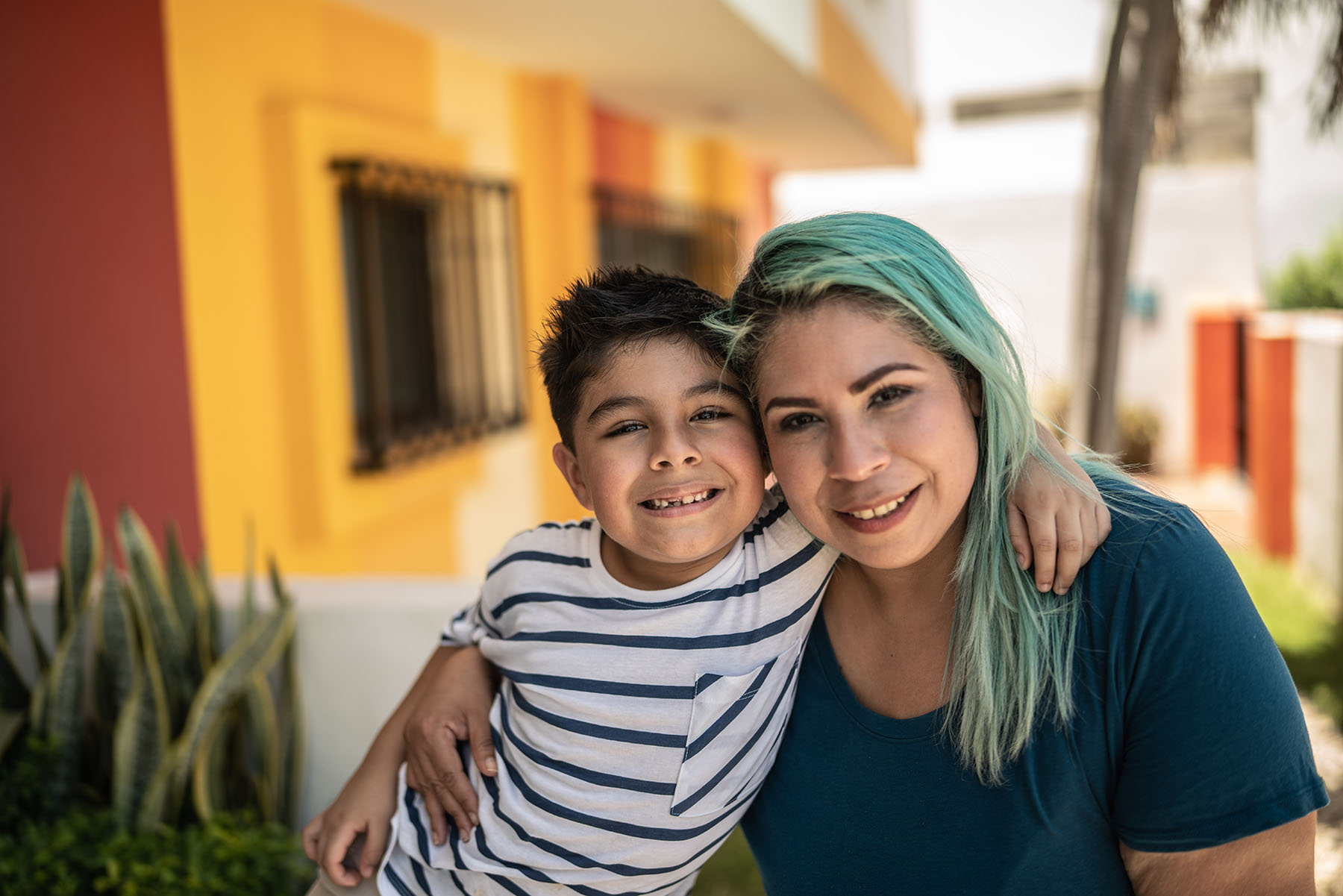Is it Safe to Dye your Hair?

As predictable as the tick of a clock, worries about the dangers of hair dye keep popping up on social media. Does coloring one’s tresses lead to certain cancers? Will covering the telltale gray result in a health issue more serious than looking old?
Antonella Tosti, M.D., a dermatologist and haircare expert with the University of Miami Health System, says those concerns have been floating around for a while. Years ago, there were valid reasons for alarm. Now, not so much.
“The data has shown that hair dye does not cause cancer,” Dr. Tosti says. “You can go ahead and dye your hair. That is my message to patients, and some of them do [root] touch-ups every two weeks.”
In fact, the debate over whether or not hair dye causes cancer overshadows a more important issue.
“Allergies from hair dye are one of the most common allergies we have,” she says.
The confusion persists, however, most likely due to the conflicting studies reported in the media and old fears of pre-1980 products that were shown to contain carcinogenic ingredients.
Back then, permanent hair coloring products used chemicals, particularly some called aromatic amines, which were found to cause cancer in lab animals.
How these results related to human use was never clear, though. What’s more, the lab animals had been given large amounts of the dyes over long periods of time.
Those findings, however, put the manufacturers on notice. The sale of hair dye is a big business, with tens of millions of women and men of all ages using them regularly. It is estimated that as many as 80% of people have used hair dye at some point.
“The industry did a lot of research and eliminated the chemicals,” Dr. Tosti says. “They understood they needed to change, and they did.”
More recent studies have shown no link between hair dyes and certain kinds of cancer.
For example, the International Agency for Research on Cancer (IARC) stated that, based on existing evidence, personal use of dyes is “not classifiable as to its carcinogenicity to humans.” Other smaller studies appear to confirm this conclusion.
A 2014 analysis of 17 studies found no increased risk between personal hair due use and bladder cancer. Another large 2020 study reported no link between hair dye and the risk of non-Hodgkin lymphoma, though one analysis did reveal a risk increase for those who had begun coloring their hair before the 1980s. And in the case of blood cancers, a 2020 study found no association between personal use of hair dye and the risk of non-Hodgkin lymphoma.
The association with breast cancer appears to be more complicated because studies examining potential links have been inconsistent. Some have “suggested possible links with certain subtypes of breast cancer but not with others,” according to the American Cancer Society.
A 2019 Journal of Cancer study reported that Black women who used permanent dye every five to eight weeks had a 60% higher risk of developing breast cancer than those who did not. (That number was 8% for white women.) The cancer advocacy group concluded that more research needs to be done.
Though there has been no conclusive study connecting dye to cancer, people who have higher exposures to hair dyes — professional hairdressers and barbers, for example — had an increased risk of developing bladder cancer. A 2010 analysis of 42 studies revealed that hairdressers who had worked with hair dyes for at least 10 years were nearly twice as likely to develop bladder cancer as those who had never worked as a hairdresser.
Dr. Tosti says it’s important to put this data context:
“Hairdressers are a different story. Most people won’t have anywhere the same exposure.”
She says people should pay attention to other hair products.
Straighteners or relaxers that use formaldehyde “definitely show” an increased link to breast cancer. Though proving a direct cause and effect is difficult, she suggests forgoing popular keratin treatments with formaldehyde as an active ingredient. She also recommends gloves, applying hair dye or relaxer in a well-ventilated room and giving your hair plenty of time between treatments.
“Equilibrium is the rule,” she says. “If you dye, and then you perm, and then you bleach, you’re going to damage your hair. It needs time to recover.”

Ana Veciana-Suarez is a regular contributor to the University of Miami Health System. She is a renowned journalist and author who has worked at The Miami Herald, The Miami News, and The Palm Beach Post. Visit her website at anavecianasuarez.com or follow @AnaVeciana on Twitter.
Tags: beauty products, cancer causing, dermatology care in Miami, Dr. Antonella Tosti, hair dye chemicals
